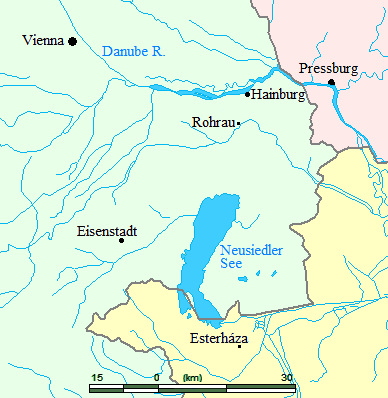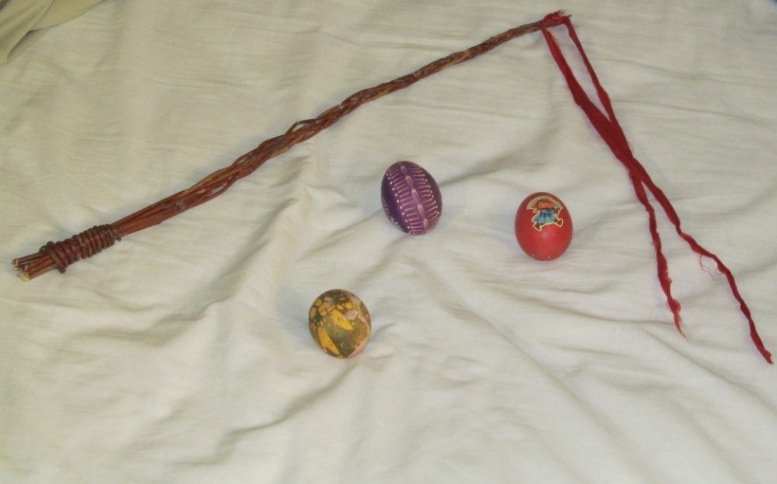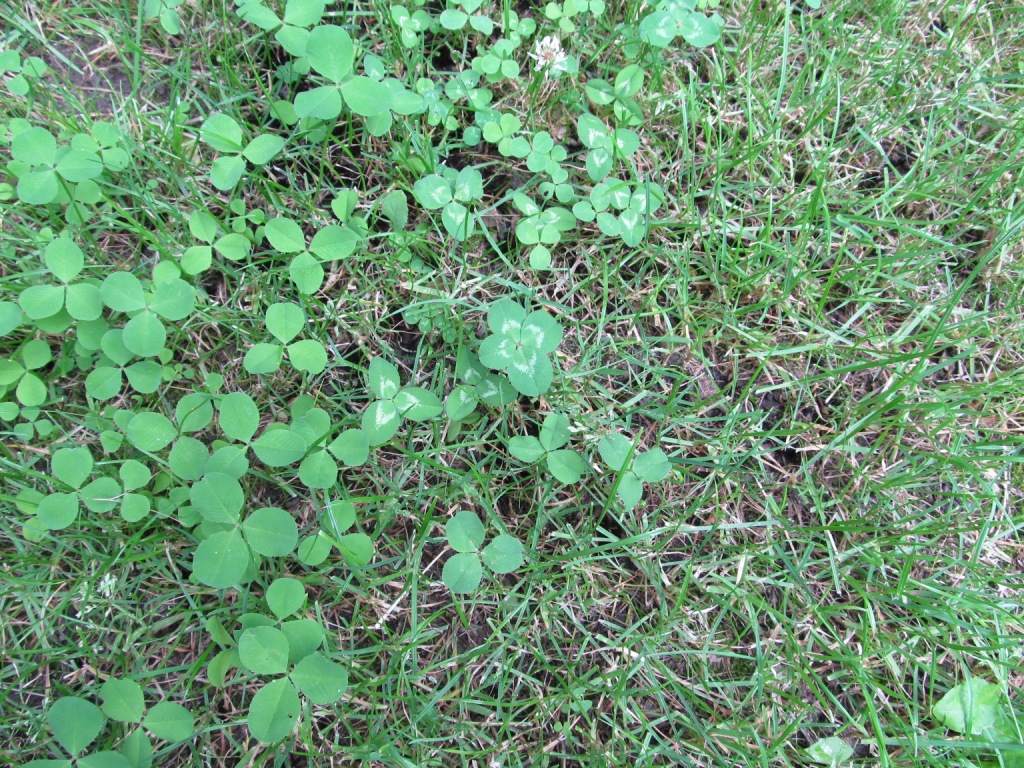Franz Joseph Haydn (†1809) was born in Rohrau, an Austrian village not far from today’s Slovak and Hungarian borders, on March 31, 1732. He spent much of his career as court musician for the Esterházy family, so wealthy they once covered the road from Vienna to their Eisenstadt palace with salt after they’d promised Empress Maria-Theresa a sleigh ride but it failed to snow that unseasonably warm January. They helped make him the highest-earning composer during his lifetime—consider how many others lived in penury.
Haydn’s wealth was also due to prolific output, 104 symphonies among other things. Not only was he the “Father of the Symphony” but also the composer of the “Kaiserlied,” which has become today’s German national anthem. (Next time a German tells you that Beethoven was really a German and Hitler an Austrian, try pointing out this factoid.) He arranged it as a birthday present for “Good Kaiser Franz.”
Following the Haydn trail makes a wonderful little daytrip. I did it with my parents in the summer of 1996. After three days indulging in the sights of Vienna, nicely accessible by public transport, we picked up a rental car and headed southeast.
The first stop, Eisenstadt, was in the composer’s day called Kismarton, part of the Kingdom of Hungary, one of numerous entities within the Empire of the Habsburgs. It became part of modern-day Austria in the aftermath of World War I.
After a visiting the Haydnhaus, his residence for twelve years, we dropped into a sidewalk café for coffee and pastries. There’s another Central European interethnic rivalry—the Hungarians claim the Austrians stole the recipe for their almás rétes, or Apfelstrudel. Anyway, it was flaky on the outside and sweet-tart on the inside. We also ordered a cream horn and a poppy-seed cake, and passed the plates around.
This indulgence was to fortify us for the tour of the baroque Schloss Esterházy. It is one of the most magnificent things outside Vienna. Crowds always linger extra-long in the Haydnsaal, one of the best acoustic spaces in Europe, with an elaborately painted baroque ceiling.
We had a spicy, savory chicken paprikash lunch in the Hungarian border town of Sopron before heading to the village of Fertőd, just off the highway. The gate to this palace, called Esterháza, was open for people to wander around, but the sign on the ticket office read “Hétfőn-kedden minden zárva.” We’d planned this trip to avoid the common Monday museum closings, not expecting them to take Tuesday off, too!
So this tour is definitely on my “bucket re-do list.” Esterháza has been extensively renovated. And it’s open Tuesday-Sunday in season.
Final note: one of my most treasured memories of living in Central Europe was performing Haydn’s Paukenmesse (“Timpani Mass”), aka Missa in Tempori Belli (“Mass in Time of War,” i.e. the Napoleonic Wars), when I sang bass in the Saint Cecelia Choir of the Saint Elizabeth Cathedral in Košice, East Slovakia.
(See also the Schloss Esterhazy official site)



 RSS Feed
RSS Feed